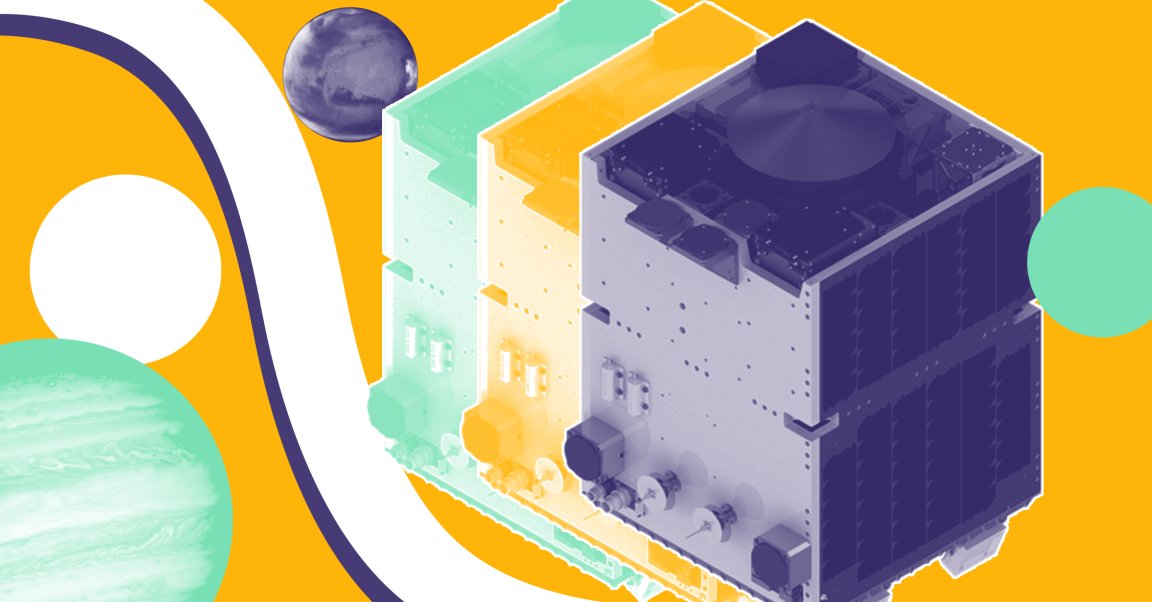
A group of European engineers are about to go fishing in space. Their target: space junk.
Yesterday, SpaceX launched the Dragon spacecraft, which, if all goes according to plan, will reach the International Space Station on Wednesday, April 4. Among the many different experiments it has in tow, one didn’t receive much attention: a new “proof of concept” space junk collector called RemoveDEBRIS.
Created by scientists at the University of Surrey Space Center in the U.K., this spacecraft will run a series of experiments over the coming months aimed at capturing and destroying some of the debris floating around our planet.
NASA currently estimates there are more than 500,000 pieces of debris currently orbiting the Earth, all traveling fast enough to seriously damage any unlucky spacecraft that happens to cross their path. And while scientists have proposed many creative solutions for removing some of these dangerous bits, none have been ever been tested out in space.
Enter: RemoveDEBRIS. When the 100-kilogram (220-pound) space junk collector arrives at the ISS, the station’s six-person crew will unpack it in the next few weeks (makes sense that they would want to first get to the fresh food in the same shipment). At the end of May or in early June, Spaceflight Now reports, the crew will then transfer the craft to the Japanese Kibo lab’s airlock, and transfer it out into space via a robotic arm. When released, RemoveDEBRIS will be the largest satellite ever launched from the ISS.

Once out in space, REMOVEDebris will run three tests. It will:
- Attempt to snag a dummy piece of debris (mimicked by an inflatable miniature satellite called a CubeSat) using a net
- Track another CubeSat using close-up ranging lasers and navigation technology, as a space junk collector would need to pursue a target piece of junk
- Fire a harpoon at a test target attached to the RemoveDEBRIS arm
If successful, these tests could show that the simple technology once applied to sea creatures could be useful in snagging some of the junk threatening orbiting spacecraft.
Guglielmo Aglietti, RemoveDEBRIS principal investigator, told Spaceflight Now that the primary aim of the mission is to show that cleaning up space debris can be relatively affordable.
“At the end of the day, everything boils down to funding,” Aglietti said. “We all agree, in the space sector, that it is a good idea to start to remove larger pieces of debris… if the cost to do it is exorbitant, then people will prefer to take the risk that their new satellite is going to be hit by a piece of debris. If we manage to lower the cost of the missions, then this is much more likely to happen.”
At the end of its mission, RemoveDEBRIS will run one final test: opening an expandable sail to generate drag (remember, it will be in the upper atmosphere still has some air, unlike the vacuum of space), pulling itself down into the atmosphere and burning up there. That will happen up to 1.5 years after the experiment begins.
It’s a fitting end for RemoveDEBRIS. After all, it would be pretty ironic for a space junk cleaner become space junk itself.